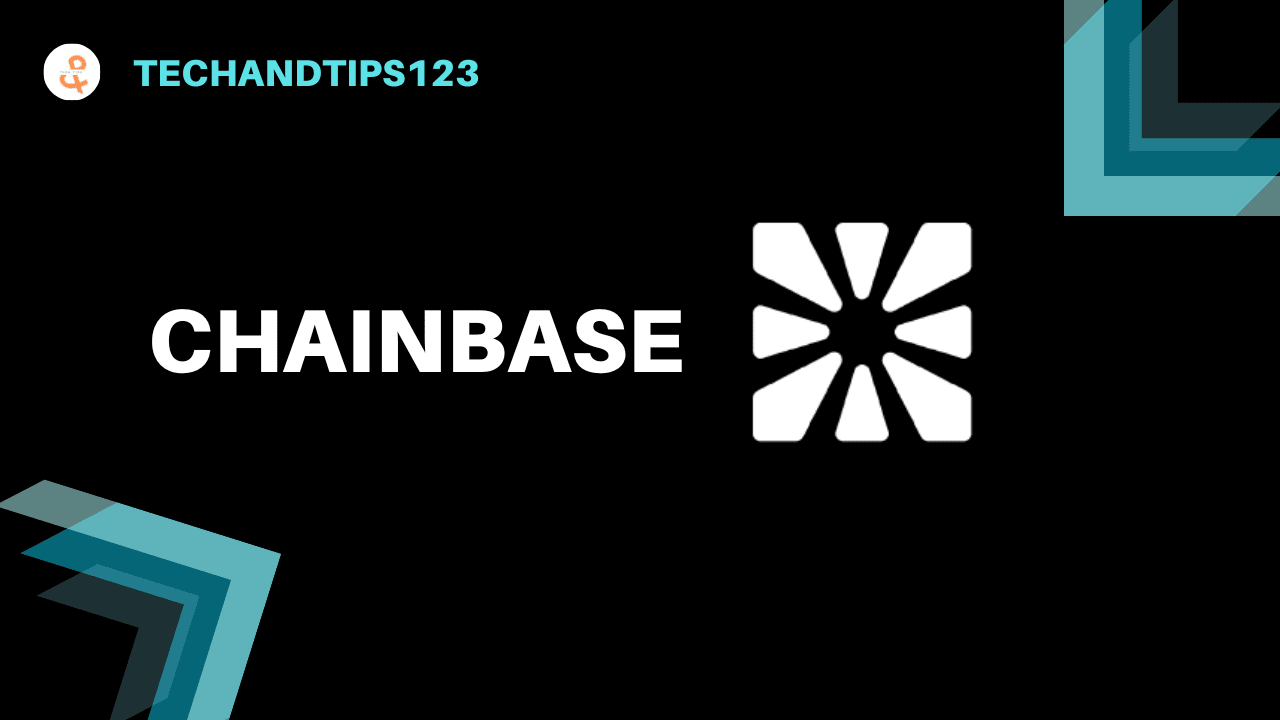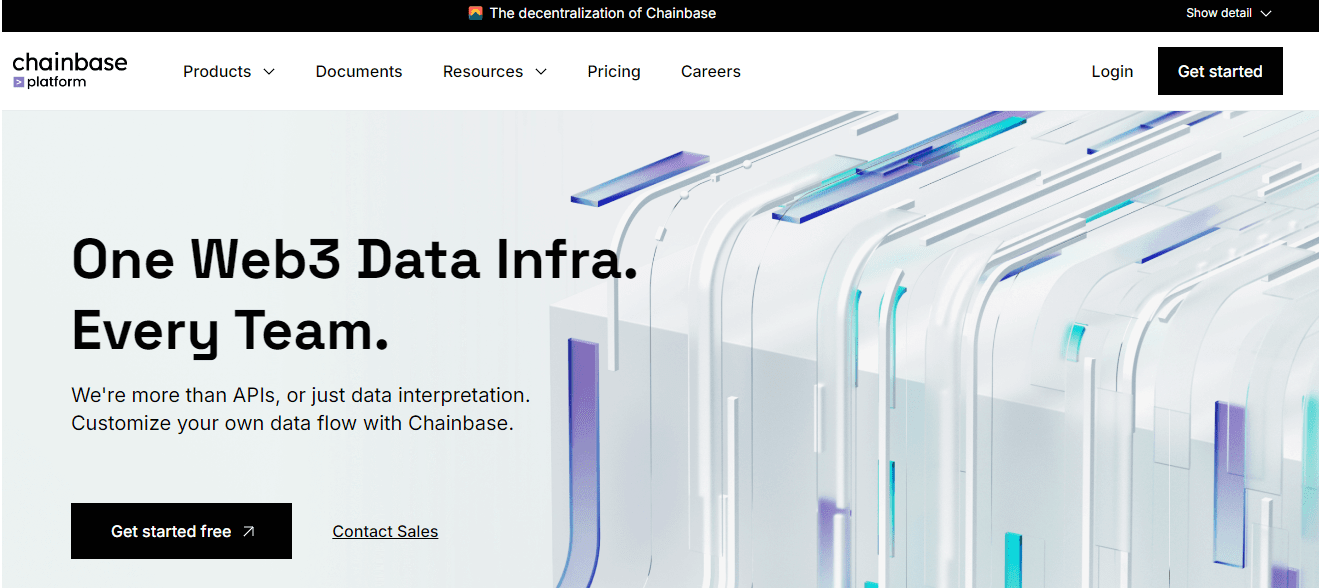
@Chainbase Official is a comprehensive Web3 data infrastructure platform. It provides developers with a suite of tools and APIs to access, query, and analyze on-chain data from a multitude of blockchains like Ethereum, Polygon, BNB Chain, and more. It indexes, decodes, and structures this complex data, making it readily available for building applications.
Let's imagine a massive, global library system where each blockchain is a separate library, and every book is written in a unique, incredibly complex code. If you wanted to research a topic across multiple libraries, you'd have to travel to each one, learn its specific code, and painstakingly translate every book yourself. It would be a nightmare.

Chainbase is the master librarian and data scientist for this entire system. It has already done the hard work of collecting every book (block data), translating them into a single, easy-to-understand language (structured data tables), and organizing them into one giant, searchable catalog. As a developer or analyst, you simply walk up to the main desk and ask your question in a simple language (like SQL or an API call), and Chainbase instantly provides you with the precise information you need, fully translated and organized. It handles the complex data infrastructure so you can focus on using the information.
❍ How Does It Work?
Chainbase operates as a sophisticated data pipeline that transforms raw, chaotic blockchain information into a powerful, accessible resource. The process can be broken down into a few key steps.
Data Aggregation: At its core , Chainbase runs and maintains its own nodes for numerous blockchains. These nodes act as direct entry points, continuously listening to the chains and collecting all the raw data in real-time—every transaction, event log, and state change. This is the first step in creating its "data center," where all raw materials are gathered.
Indexing and Decoding: Raw blockchain data is not human-readable. Chainbase's systems then parse, decode, and enrich this data. For example, it translates a transaction’s cryptic input data into clear information, identifying which function was called (e.g., transfer, mint ) and with what parameters. It structures this decoded information into organized, labeled datasets.
Data Warehousing: This structured, labeled data is then loaded into a massive, highly optimized data warehouse. Instead of a jumble of blocks, the data now resides in clean tables (e.g., transactions, token_transfers, nft_trades). This organized environment is what allows for incredibly fast and efficient data retrieval.
Providing Access via APIs and SQL: With the data warehoused, Chainbase exposes it to developers through a powerful set of tools. Developers can use simple REST APIs for common requests (like checking a wallet balance) or connect directly to the dataset with SQL to perform complex, custom queries for in-depth analytics. This provides a flexible "query loop" where any data point can be retrieved on demand.
❍ Why It's Importantn?
▨ Drastic Development Acceleration : @Chainbase eliminates the need for development teams to build, manage, and maintain their own complex data infrastructure. This saves thousands of engineering hours and significant financial resources, allowing teams to bypass months of setup and focus directly on building their core product.
▨ Democratizing Data Access : By providing clean, structured data through familiar tools like SQL, Chainbase empowers a wider range of builders and analysts. You no longer need to be a low-level blockchain expert to derive deep insights from on-chain activity, opening the door for more sophisticated analytics, research, and data-driven applications.
▨ Enabling a Multi-Chain World : As more applications aim to operate across multiple blockchains, managing data from each one becomes exponentially more difficult. Chainbase provides a single, unified endpoint to access data from dozens of chains, making it vastly simpler to build multi-chain dApps, dashboards, and wallets.
▨ Ensuring Scalability and Reliability : Running your own nodes is expensive and prone to failure or falling out of sync. Chainbase offers an enterprise-grade, highly available service that can handle massive query volumes. This ensures that the applications built on top of it are stable, fast, and can scale to serve a large user base without performance issues.
❍ Chainbase Token ($C)
$C is the utility token of the Chainbase network and serves several key functions:
▨ Data Query Fees: Users pay C fees to query data from the Data Chain, covering the costs of data retrieval and rewarding network resource providers.
▨ Staking and Security: Validators and operators stake C tokens to participate in the network, aligning their economic interests with the network’s security and stability.
▨ Governance: C tokens are used for governance, allowing token holders to vote on network proposals and influence the direction of the project.





